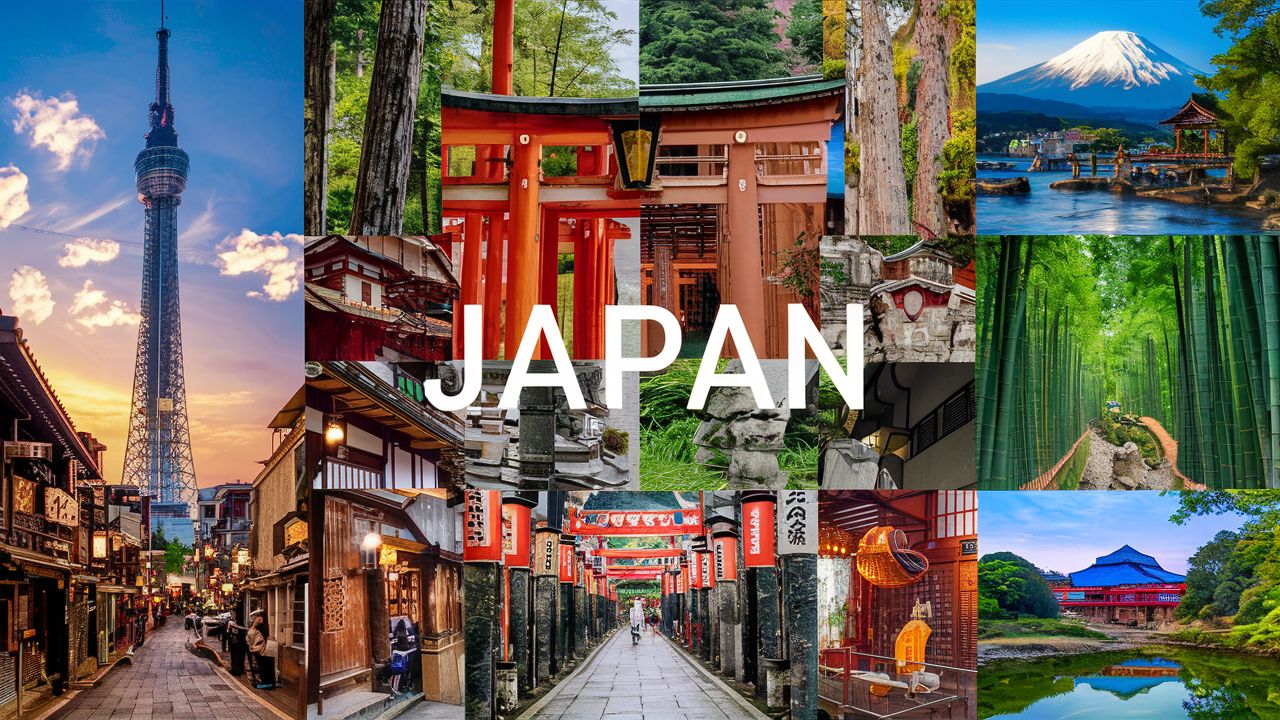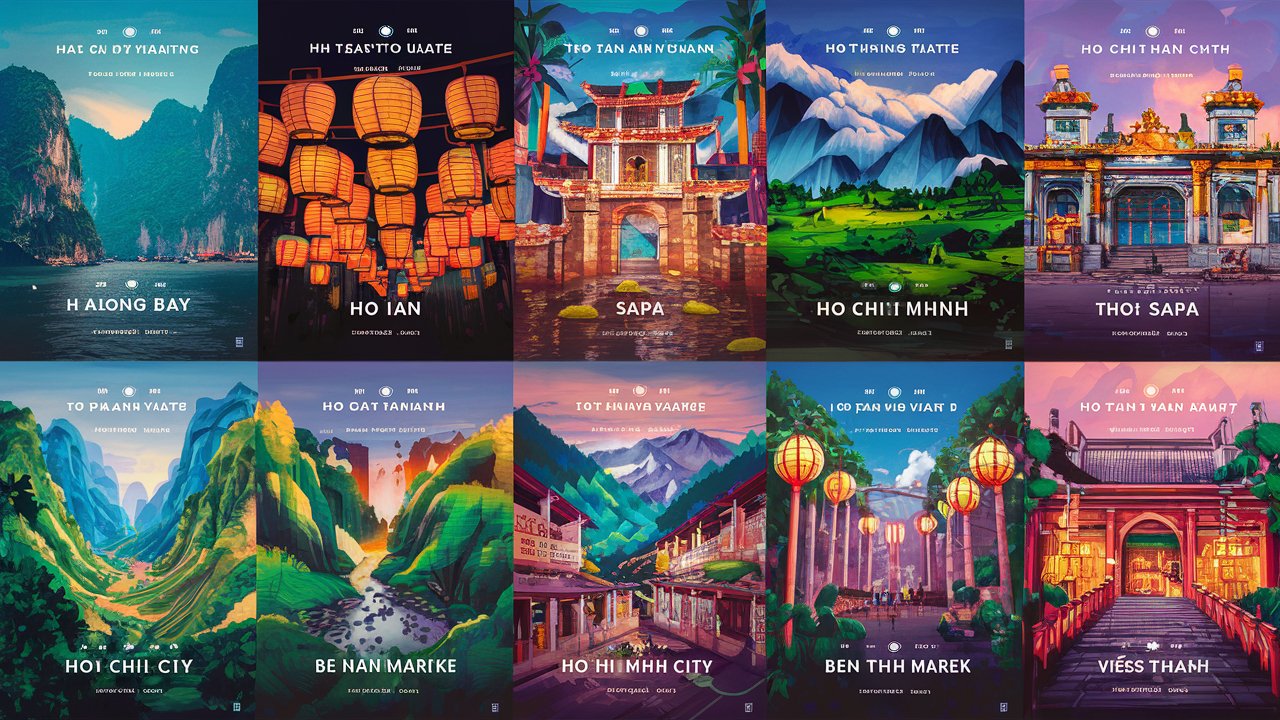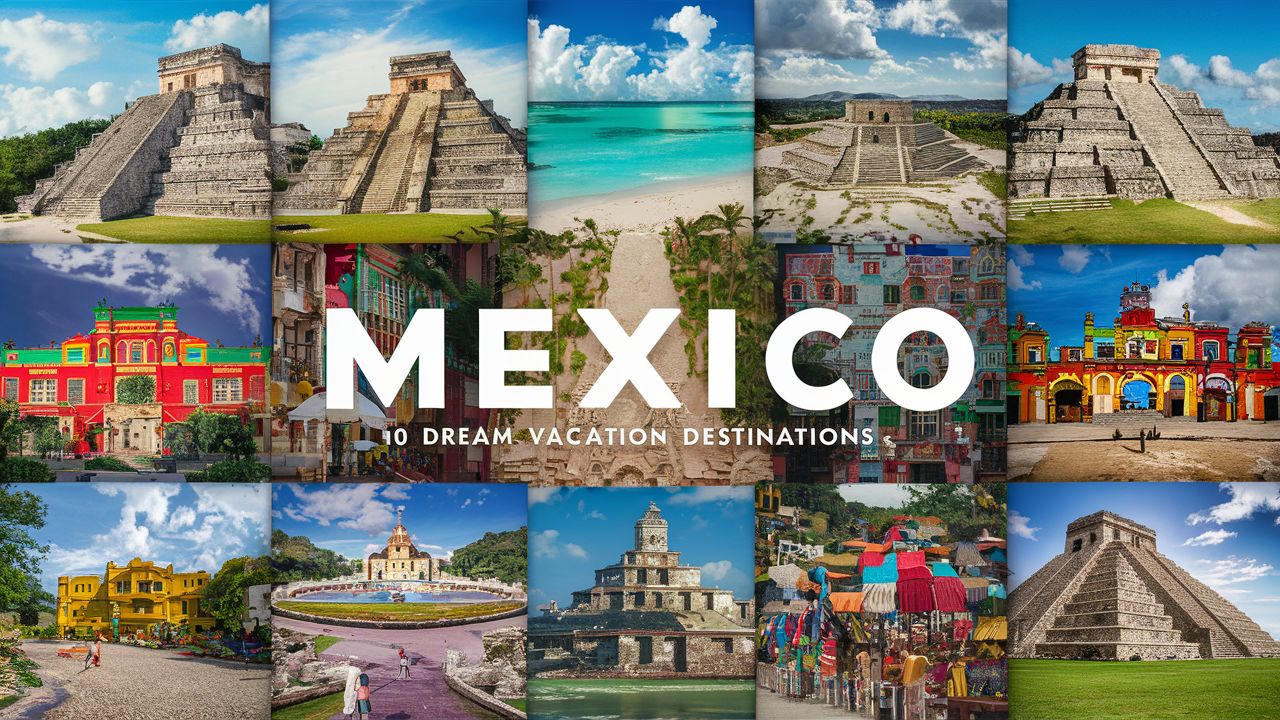Top 10 Places to Visit in Japan: Japan, a country steeped in tradition yet embracing modernity, offers travelers a kaleidoscope of experiences. From the neon-lit streets of Tokyo to the tranquil temples of Kyoto, Japan is a land of contrasts, where ancient culture coexists harmoniously with cutting-edge technology. Planning a trip to Japan can be exhilarating yet daunting, given the multitude of options available. To simplify your journey, we present the top 10 places to visit in Japan, along with the best activities, accommodations, and restaurants in each destination.
1. Tokyo
Tokyo, the pulsating heart of Japan, is a city where tradition meets innovation. Home to iconic landmarks like Tokyo Tower and bustling districts like Shibuya and Shinjuku, Tokyo offers a myriad of experiences for every traveler.
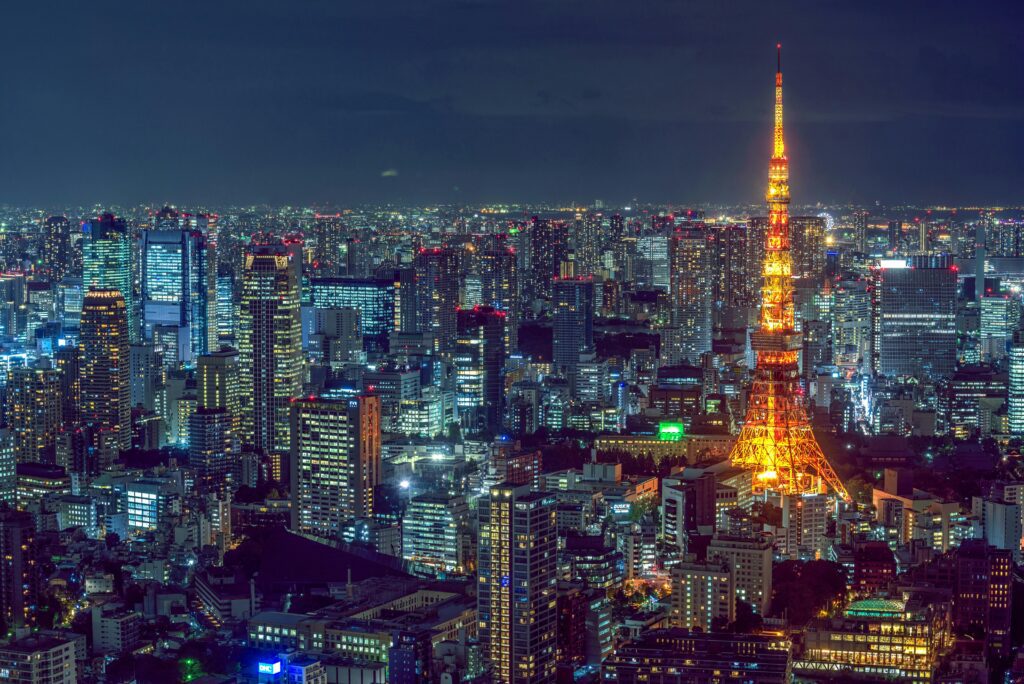
Activities: Explore the historic Asakusa district, where you can visit the Senso-ji Temple and Nakamise Shopping Street. Dive into the otaku culture in Akihabara, known for its electronic shops and anime cafes. For a taste of traditional Japanese theater, catch a Kabuki performance at the famous Kabukiza Theater.
Accommodations: Indulge in luxury at the upscale hotels of Ginza or opt for budget-friendly accommodations in Asakusa. Experience Japanese hospitality at its finest by staying in a traditional ryokan in the historic district of Ryogoku.
Restaurants: Savor the freshest sushi at Tsukiji Fish Market or indulge in authentic ramen at a local joint in Ikebukuro. For a unique dining experience, visit themed cafes like the Robot Restaurant in Shinjuku or the Owl Cafe in Harajuku.
2. Top 10 Places to Visit in Japan: Kyoto
Kyoto, Japan’s ancient capital, is a treasure trove of cultural heritage and natural beauty. With over 2,000 temples and shrines, Kyoto offers a glimpse into Japan’s rich history and traditions.
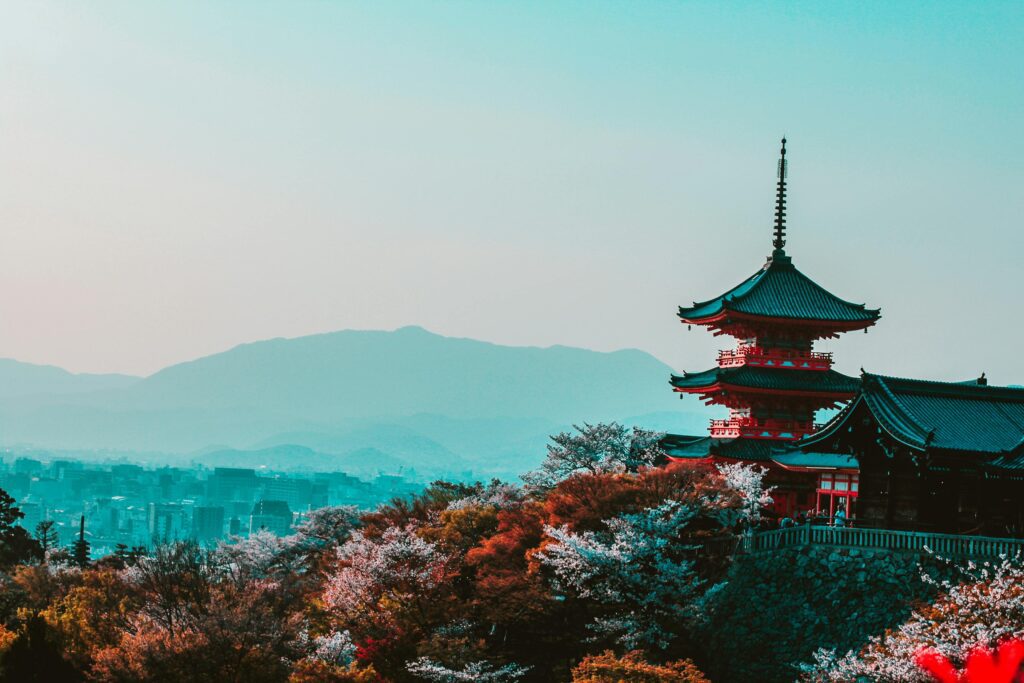
Activities: Immerse yourself in the serene atmosphere of the Arashiyama Bamboo Grove or wander through the enchanting streets of Gion, known for its geisha culture. Participate in a traditional tea ceremony or learn the art of Ikebana (flower arranging) at a local workshop.
Accommodations: Experience the charm of Kyoto by staying in a traditional ryokan in the picturesque district of Higashiyama. Alternatively, choose from a range of modern hotels near Kyoto Station for added convenience.
Restaurants: Indulge in a multi-course Kaiseki meal, showcasing the finest seasonal ingredients of Kyoto, or sample vegetarian cuisine at a Buddhist temple in the scenic district of Arashiyama.
3. Osaka
Known as the “Kitchen of Japan,” Osaka is a paradise for food lovers, with its vibrant street food culture and eclectic dining scene.
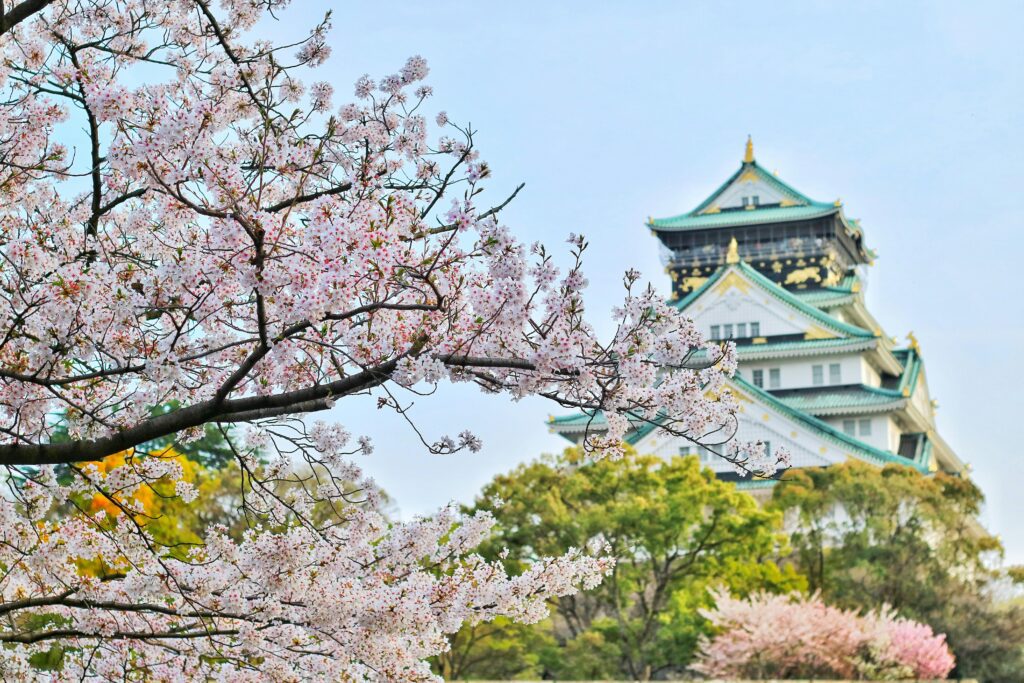
Activities: Explore the majestic Osaka Castle, a symbol of the city’s rich history, or wander through the bustling streets of Dotonbori, lined with neon signs and street vendors. For thrill-seekers, a visit to Universal Studios Japan is a must, with its thrilling rides and attractions.
Accommodations: Choose from a range of accommodations, from luxury hotels in the upscale district of Umeda to budget-friendly guesthouses in the lively area of Namba.
Restaurants: Indulge in Osaka’s famous street food, including takoyaki (octopus balls) and okonomiyaki (savory pancakes), or dine at a Michelin-starred restaurant in the chic neighborhood of Kitashinchi.
4. Hiroshima
Hiroshima, forever etched in history as the site of the atomic bombing during World War II, is now a symbol of peace and resilience.
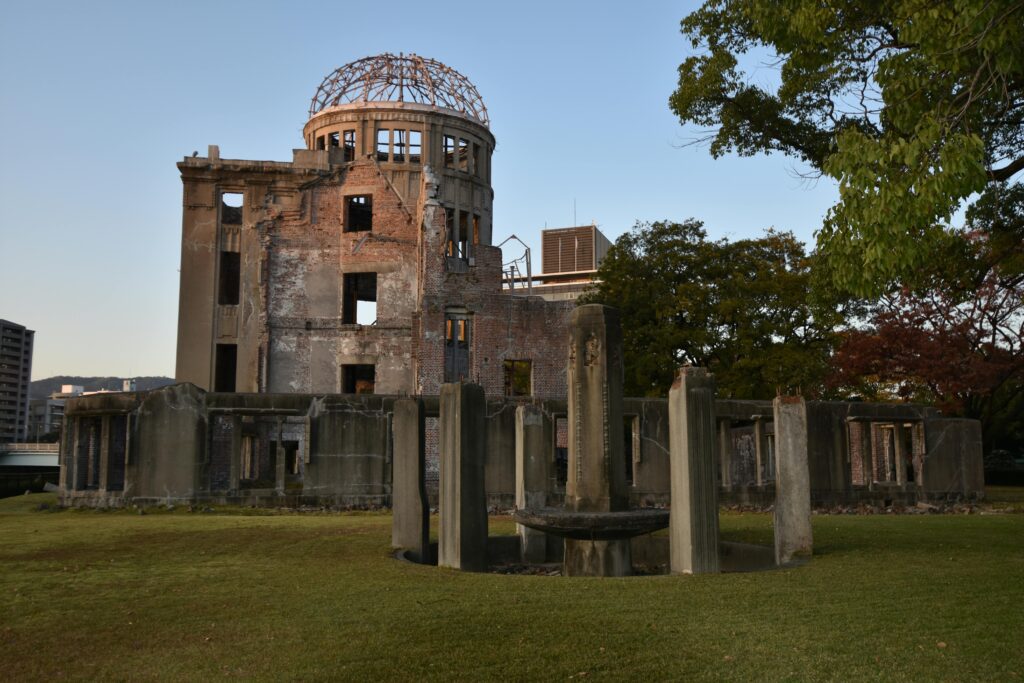
Activities: Pay your respects at the Hiroshima Peace Memorial Park and Atomic Bomb Dome, powerful reminders of the city’s tragic past. Take a ferry to Miyajima Island and marvel at the iconic Itsukushima Shrine, famous for its floating torii gate.
Accommodations: Stay in hotels overlooking the Peace Memorial Park for convenient access to the city’s attractions, or opt for a traditional inn on Miyajima Island for a peaceful retreat.
Restaurants: Sample Hiroshima’s signature dish, okonomiyaki, at Okonomimura, a multi-story building dedicated to this savory pancake. Enjoy fresh seafood delicacies at restaurants lining the shores of Miyajima Island.
5. Nara
Nara, Japan’s first permanent capital, is renowned for its ancient temples, serene parks, and friendly deer that roam freely.
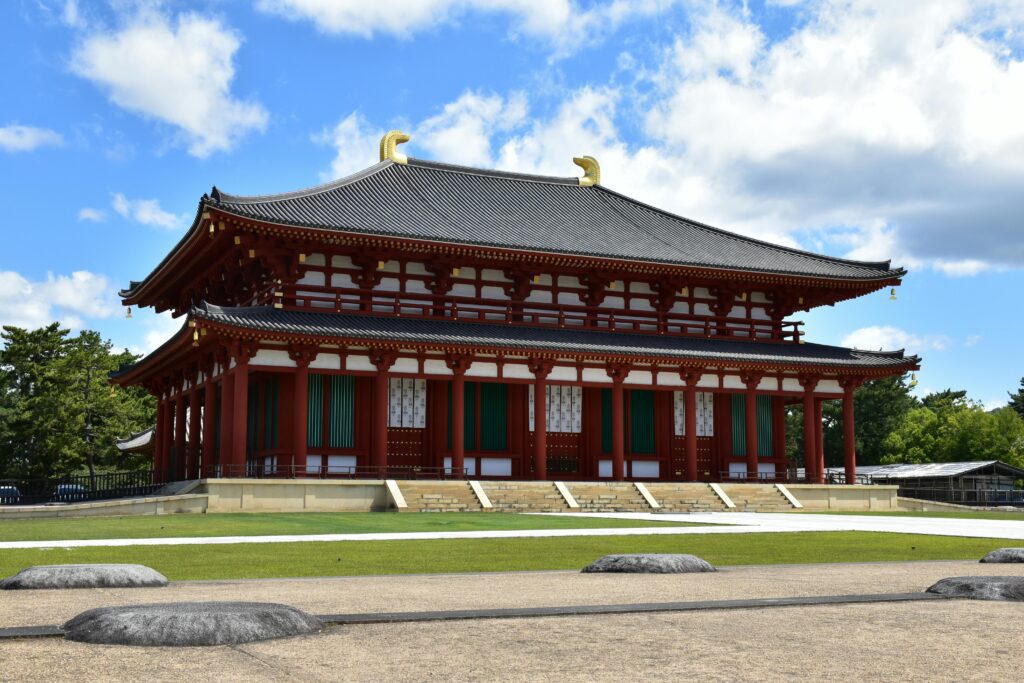
Activities: Visit Todai-ji Temple, home to the Great Buddha statue, one of the largest bronze statues in the world. Stroll through Nara Park, where you can feed the deer and admire the scenic beauty of nature. Don’t miss the opportunity to explore the vibrant streets of Naramachi, lined with traditional shops and cafes.
Accommodations: Experience traditional Japanese hospitality by staying in a ryokan near Nara Park or choose from a range of budget hotels in central Nara.
Restaurants: Sample Buddhist vegetarian cuisine at a local restaurant in Naramachi or enjoy a traditional tea ceremony at one of the many tea houses scattered throughout the city.
6. Hokkaido
Hokkaido, Japan’s northernmost island, is a paradise for nature lovers, with its rugged landscapes, pristine wilderness, and bountiful seafood.
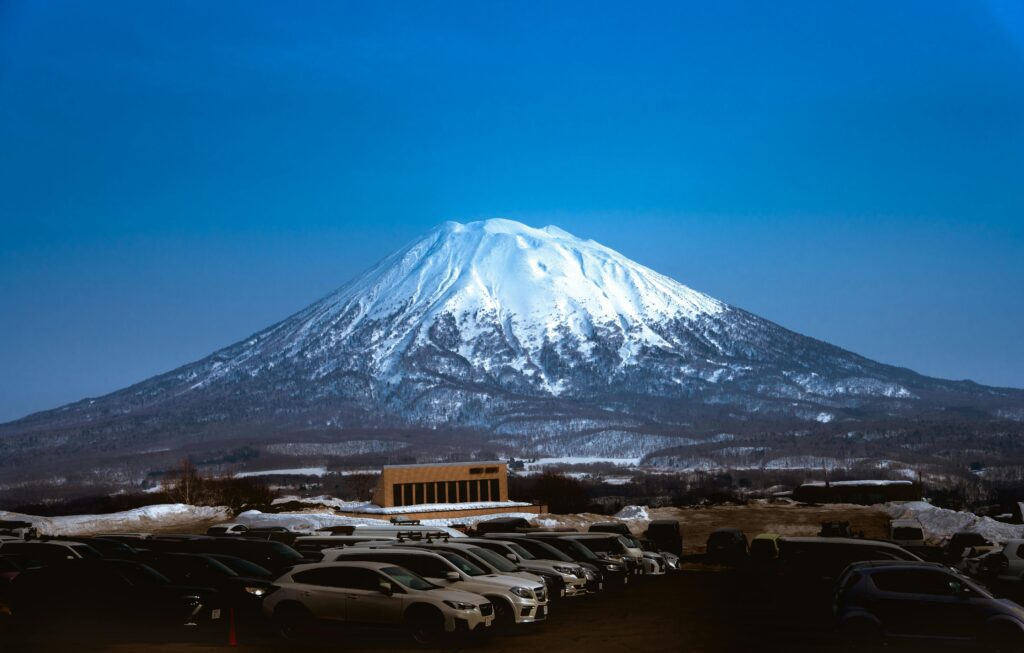
Activities: Hit the slopes in winter and enjoy world-class skiing and snowboarding in Niseko or Furano. In summer, explore the colorful flower fields of Furano or relax in the natural hot springs of Noboribetsu Onsen. Don’t miss the chance to visit Sapporo, Hokkaido’s vibrant capital, famous for its beer, ramen, and annual snow festival.
Accommodations: Choose from a range of accommodations, from ski resorts in Niseko to traditional ryokans in Noboribetsu, where you can unwind in a natural hot spring bath.
Restaurants: Indulge in Genghis Khan BBQ, a Hokkaido specialty featuring grilled lamb and vegetables, or sample fresh seafood at Hakodate’s famous morning market.
7. Kanazawa
Kanazawa, located on the Sea of Japan coast, is a city steeped in history and culture, renowned for its well-preserved samurai and geisha districts.
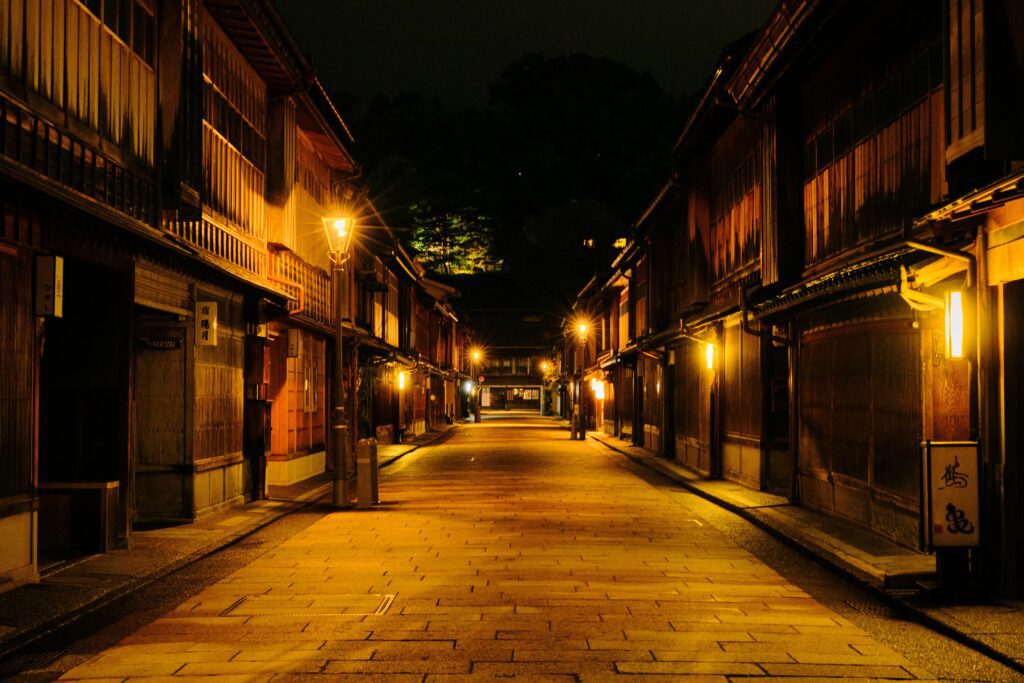
Activities: Explore the meticulously landscaped Kenrokuen Garden, one of Japan’s three most beautiful gardens, and visit Kanazawa Castle, a symbol of the city’s feudal past. Wander through the historic districts of Higashi Chaya and Nishi Chaya, where you can admire traditional wooden teahouses and geisha performances.
Accommodations: Stay in a traditional machiya (townhouse) in the heart of Kanazawa’s historic district or choose from a range of boutique hotels near Kanazawa Station.
Restaurants: Indulge in a multi-course Kaiseki meal, showcasing the freshest seasonal ingredients of Ishikawa Prefecture, or sample fresh seafood at Omicho Market, known as “Kanazawa’s Kitchen.”
8. Nikko
Nikko, nestled in the mountains of Tochigi Prefecture, is a UNESCO World Heritage Site famous for its majestic shrines, tranquil lakes, and natural beauty.
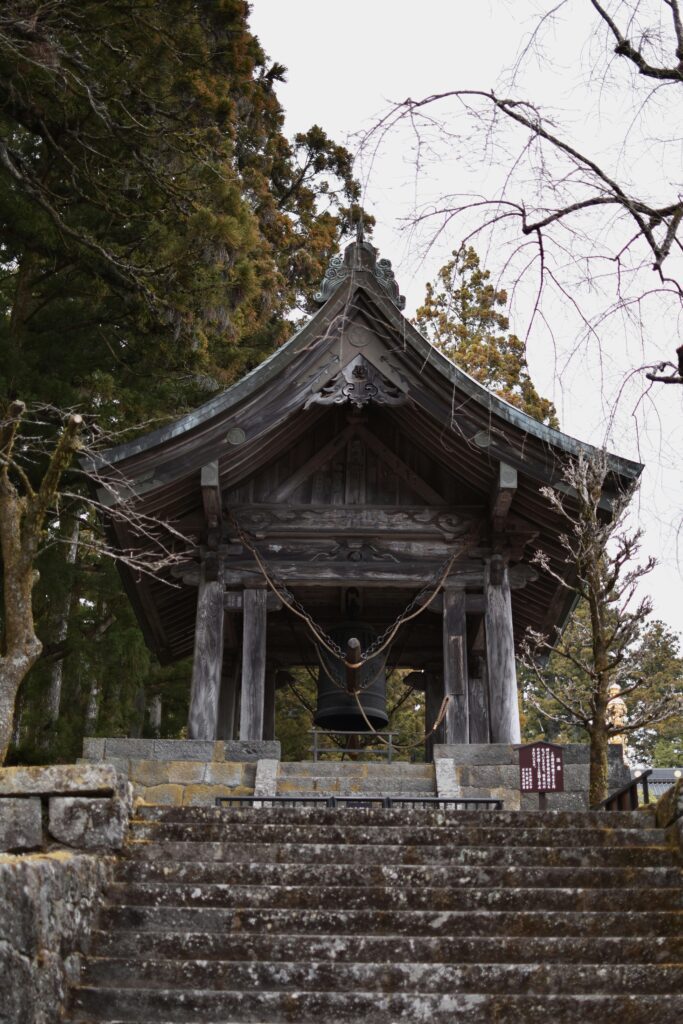
Activities: Visit Toshogu Shrine, a lavish mausoleum dedicated to Tokugawa Ieyasu, the founder of the Tokugawa shogunate. Take a scenic boat ride on Lake Chuzenji or hike through the lush forests of Nikko National Park. After a day of exploration, relax in one of Nikko’s many natural hot springs, known as onsen.
Accommodations: Stay in a traditional ryokan overlooking Lake Chuzenji or choose from a range of guesthouses and hotels in central Nikko, offering easy access to the city’s attractions.
Restaurants: Sample local delicacies such as yuba (tofu skin) dishes and soba noodles at restaurants near Toshogu Shrine or enjoy a traditional Japanese kaiseki meal at a ryokan overlooking Lake Chuzenji.
9. Okinawa
Okinawa, Japan’s southernmost prefecture, is a tropical paradise known for its crystal-clear waters, white sandy beaches, and unique Ryukyu culture.
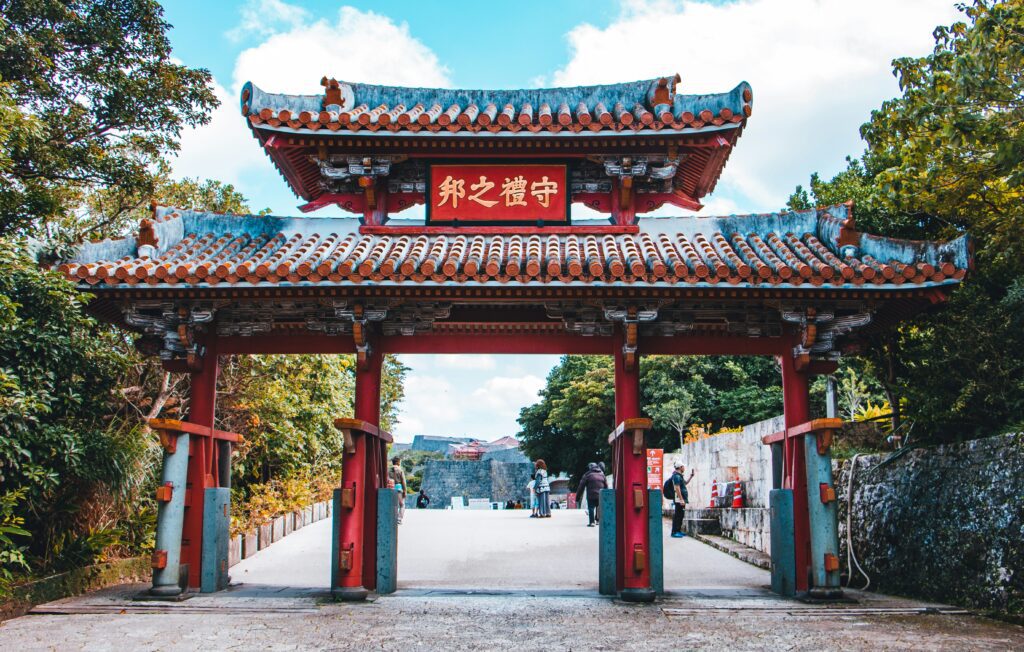
Activities: Explore the historic streets of Shuri Castle, a UNESCO World Heritage Site, and marvel at the colorful marine life at the Okinawa Churaumi Aquarium, one of the largest aquariums in the world. Relax on the pristine beaches of Ishigaki and Miyako islands or immerse yourself in the rich cultural heritage of Okinawa by visiting traditional villages and attending cultural performances.
Accommodations: Choose from a range of beachfront resorts in Naha or opt for a traditional guesthouse in one of Okinawa’s rural villages, where you can experience the warmth and hospitality of the local people.
Restaurants: Indulge in Okinawan cuisine, known for its bold flavors and use of fresh seafood and tropical fruits, at local izakayas and restaurants. Don’t miss the opportunity to sample traditional dishes such as goya champuru (bitter melon stir-fry) and soki soba (pork rib noodle soup).
10. Mount Fuji
Mount Fuji, Japan’s highest peak and an iconic symbol of the country, is a majestic stratovolcano located on Honshu Island, about 100 kilometers southwest of Tokyo. Revered for its perfectly symmetrical cone shape and stunning natural beauty, Mount Fuji is a UNESCO World Heritage Site and a popular destination for both locals and tourists alike.
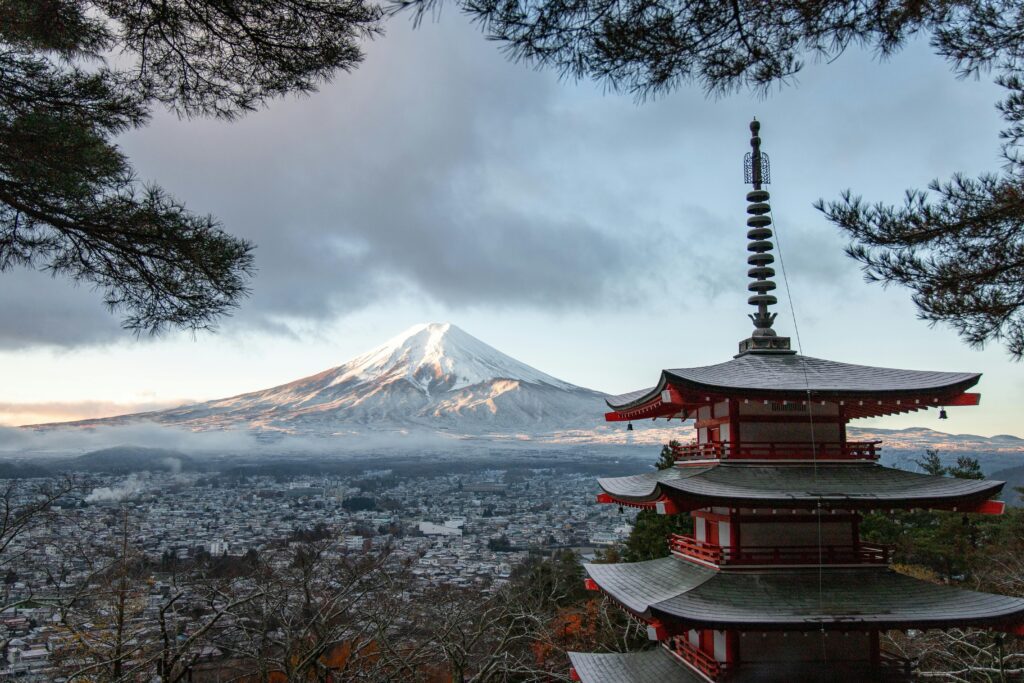
Overview: Mount Fuji, known as “Fujisan” in Japanese, stands at 3,776 meters (12,389 feet) tall and is an active volcano, though it has been dormant since its last eruption in 1707. Its snow-capped peak is visible from Tokyo on clear days, making it a beloved symbol of Japan’s natural splendor.
Activities:
Climbing: One of the most popular activities at Mount Fuji is climbing to its summit. The official climbing season runs from early July to early September when the weather is milder and the trails are free of snow. There are several trails leading to the summit, with the Yoshida Trail being the most popular and accessible.
Sunrise Viewing: Watching the sunrise from the summit of Mount Fuji, known as “Goraiko,” is a bucket-list experience for many travelers. Hiking through the night to reach the summit in time for sunrise is a challenging yet rewarding endeavor, offering breathtaking panoramic views of the surrounding landscape and the mystical sea of clouds below.
Exploring the Five Lakes: The Five Lakes region, located at the northern base of Mount Fuji, offers picturesque views of the mountain reflected in the tranquil waters of Lake Kawaguchi. Visitors can enjoy leisurely boat cruises, lakeside strolls, and scenic drives around the area.
Accommodations: While there are no accommodations on Mount Fuji itself, there are plenty of options in the surrounding areas for visitors looking to explore the region. The Five Lakes area and the nearby towns of Fujinomiya and Gotemba offer a range of accommodations, including traditional ryokans, cozy guesthouses, and modern hotels with views of Mount Fuji.
Restaurants: The Five Lakes region and the towns surrounding Mount Fuji boast a variety of dining options, ranging from traditional Japanese cuisine to international fare. Visitors can sample local specialties like Hoto (a hearty noodle soup), Fuji-grown vegetables, and freshwater fish from the lakes. Many restaurants in the area also offer stunning views of Mount Fuji, providing the perfect backdrop for a memorable dining experience.
Conclusion
Japan is a country of endless discovery, where every turn reveals something new and exciting. Whether you’re exploring the bustling streets of Tokyo, wandering through the ancient temples of Kyoto, or relaxing on the beaches of Okinawa, Japan offers a wealth of experiences for every traveler. By visiting the top 10 places outlined in this article, along with the recommended activities, accommodations, and restaurants, you’re sure to create memories that will last a lifetime.
Frequently Asked Questions (FAQs) About Traveling in Japan
Q: Is Japan a safe country for travelers?
A: Yes, Japan is widely regarded as one of the safest countries in the world for travelers. There has a low crime rate and very little violent crime. However, it’s always essential to exercise caution and follow common-sense safety practices.
Q: What is the best time of year to visit Japan?
A: The ideal time to travel to Japan will depend on your hobbies and preferences. Spring (March to May) is famous for cherry blossoms, while autumn (September to November) offers stunning foliage. Summer (June to August) can be hot and humid, while winter (December to February) is cold, but ideal for skiing in Hokkaido.
Q: Do I need a visa to visit Japan?
A: It depends on your nationality. Many countries have visa exemption agreements with Japan, allowing short-term stays for tourism purposes. However, some countries require a visa. Check with the Japanese embassy or consulate in your country for specific visa requirements.
Q: What are the transportation options in Japan?
A: Japan has an extensive and efficient transportation network, including trains, buses, and domestic flights. The Shinkansen (bullet train) is a popular way to travel between major cities, while local trains and buses provide access to more remote areas. In cities like Tokyo and Osaka, subway systems are convenient for getting around.
Q: Is it necessary to learn Japanese before visiting Japan?
A: While knowing some basic Japanese phrases can be helpful, especially in more rural areas where English proficiency may be limited, it’s not necessary to be fluent in Japanese to travel in Japan. Many signs and transportation announcements are in English, and people in the tourism industry often speak some English.
Q: What is the currency used in Japan, and how can I access money?
A: The Japanese Yen (JPY) is the currency used in Japan.It’s recommended to carry some cash as many smaller establishments may not accept credit cards. ATMs are widely available in convenience stores, post offices, and banks, but not all ATMs accept foreign cards, so it’s advisable to check beforehand.
Q: Are there any cultural customs or etiquette I should be aware of when visiting Japan?
A: Yes, Japan has a rich cultural heritage with many customs and etiquettes that visitors should respect. For example, it’s customary to bow when greeting someone, remove shoes before entering homes or certain establishments, and avoid loud or disruptive behavior in public places. Familiarizing yourself with these customs can enhance your travel experience.
Q: What are some must-try foods in Japan?
A: Japan is renowned for its diverse and delicious cuisine. Some must-try dishes include sushi, ramen, tempura, yakitori (grilled skewered chicken), and okonomiyaki (savory pancakes). Don’t forget to explore local specialties in each region you visit, such as seafood in Hokkaido and Hiroshima-style okonomiyaki in Hiroshima.
Q: Can I use my mobile phone in Japan?
A: Yes, most international mobile phones will work in Japan, but it’s essential to check with your provider regarding roaming charges and coverage. Alternatively, you can rent a mobile phone or purchase a prepaid SIM card or pocket Wi-Fi device upon arrival in Japan for added convenience.
Q: What are some essential items to pack for a trip to Japan?
A: Besides the usual travel essentials like clothing, toiletries, and travel documents, some items you may want to consider packing for a trip to Japan include a pocket-sized phrasebook or language translation app, a universal power adapter, comfortable walking shoes, and an umbrella or raincoat, especially if traveling during the rainy season.
https://www.youtube.com/watch?v=-VMMPSYRj9k
